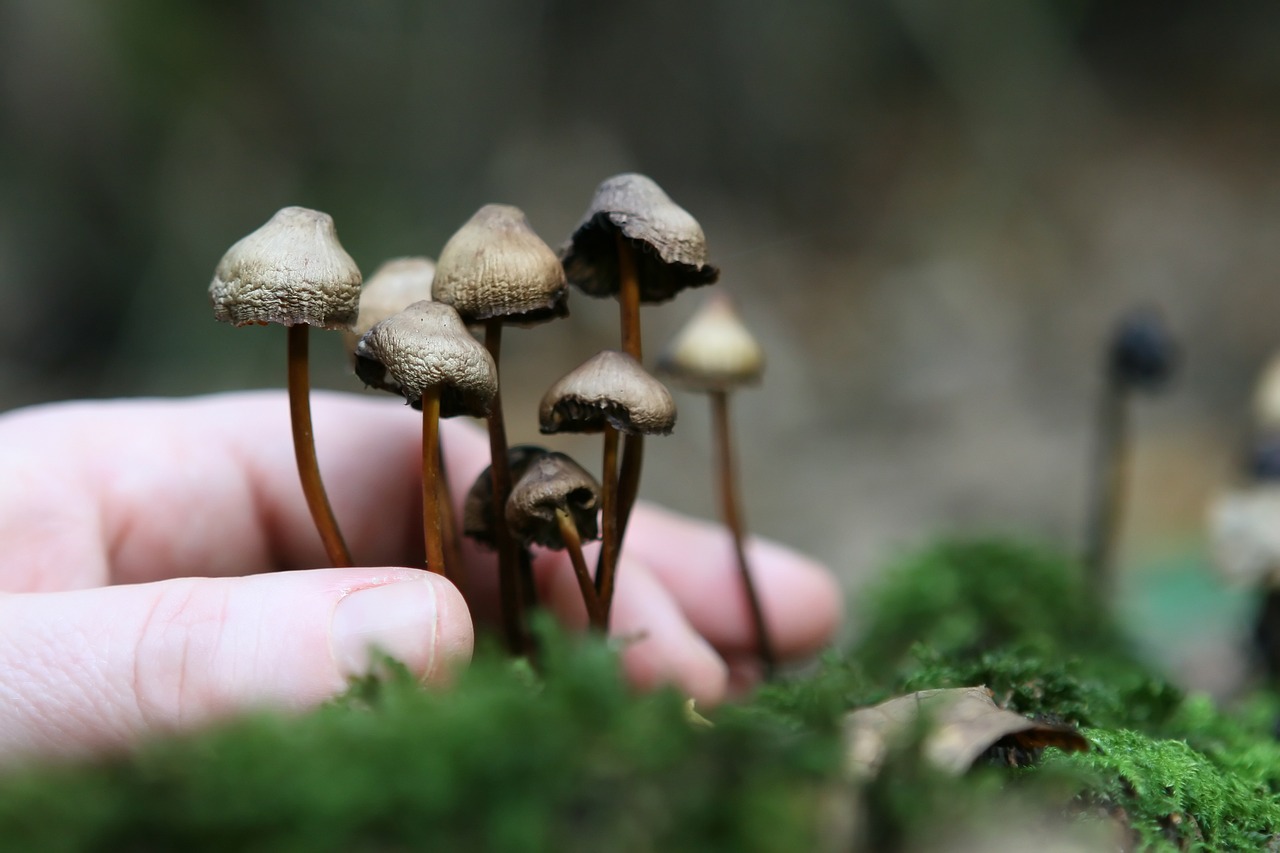Unraveling the Intricacies of Mycelium
Mycelium, the root structure of fungi, acts as the digestive system for mushrooms. It scavenges for nutrients, converts them into a form the fungus can consume, and nourishes the fungus. This process results in a byproduct that enriches the surrounding soil, providing essential nutrients for other plants and forming a nutrient-rich biomass that is an excellent mulch for gardening.
Besides facilitating mushroom growth, mycelium networks play a critical role in the health and growth of numerous terrestrial plants, including trees. For example, a symbiotic exchange occurs between tree roots and fungi: the tree offers the fungus carbon in the form of sugars, and the fungus reciprocates by providing the tree with vital minerals like nitrogen and phosphorus. Discover more about this symbiotic relationship here.
Fascinatingly, mycelium networks act as an underground communication system among plants, akin to the neural networks in human brains. Recent scientific studies hint at the possibility that plants and trees might have rudimentary nervous systems that fungi could potentially influence, impacting functions such as communication, memory, and learning. Moreover, by consuming decaying organic matter and neutralizing pollutants, mycelium aids in maintaining soil health.
If cultivating magic mushrooms intrigues you, it’s essential to comprehend the development of mycelium. Although the cultivation process might seem daunting for novices, understanding mycelium is a critical first step. While you can always buy mushrooms from Mushroom Gummies Canada online, gaining insights about mycelium can enrich your cultivation journey.
Understanding Mycelium’s Growth Process
When fungal spores find a suitable environment for growth, they kickstart the development of two kinds of mycelium. The primary or monokaryotic mycelium, the first type, is characterized by a single nucleus in each cell and is usually invisible to the naked eye. The second type, secondary or dikaryotic mycelium, is visible and houses two nuclei in each cell.
Upon sprouting, fungal spores initiate the growth of the primary mycelium, also known as the monokaryotic mycelium. Once this monokaryotic mycelium encounters another compatible one, they fuse to evolve into the second phase, the dikaryotic mycelium. This secondary mycelium is the stage capable of giving rise to mushrooms or sclerotia.
Types of Mycelia
Mycelia can be broken down into three categories, two of which signify successful cultivation.
- Rhizomorphic mycelia are characterized by their string-like extension. They are easily recognizable and like all mycelia, are formed by units called hyphae. Rhizomorphic mycelia initially spread out and then transmit chemical signals back to the colony, suggesting that the region ahead is ripe for nutrient extraction. The rest of the mycelia then advances. The peroxidase released by the hyphae at the tip of the rhizomorphic mycelia breaks down the material in front of it for nourishment. The hyphae then stretch over the material, distributing the nutrients throughout the colony. Many cultivators favor this type of mycelia because of its propensity to produce mushrooms as the Rhizomorphic mycelia sprout from the substrate.
- Tomentose or “Fluffy” mycelia, exhibit more similarities than differences with Rhizomorphic mycelia. Nevertheless, the arrangement of the fluffy mycelia strands is unique. While the strands may not be easily discernible, they do exist. Their cotton-ball-like appearance indicates that the strands are bunched together. The growth environment largely dictates whether your mycelia develop tomentose or rhizomorphic traits. Cultivators continue to debate whether the type of mycelia influences the growth rate or the yield.
- Aerial mycelia appear when the growing conditions are not ideal. Under such circumstances, the mycelia tend to grow outward rather than spreading across the medium or clustering into a ball. Frequently mistaken for bacterial contamination, this type of mycelia can obstruct your mushroom cultivation, leading to weaker, smaller mushrooms. Aerial mycelia typically arise due to inadequate fresh air circulation and excessive humidity.
Mold or Mycelium?
Being able to differentiate between mold and mycelium is critical. If green, blue, grey, or black patches are visible on or in your fruiting box, it’s likely that your culture has been contaminated. Discoloration is a major sign. Although blue spots may appear, they could simply be bruises.
Cobweb molds are usually quite noticeable. Instead of the bright
The Mycelium is typically characterized by its greyish white colour and a unique fluffy, fibrous texture. Although cobweb and green moulds do not pose a threat to humans, they can indeed detrimentally impact the health of your mushrooms.
Mushroom Gummies Canada: Your Comprehensive Guide to Mushroom Knowledge
When you think of psychedelic mushrooms in Canada, remember Mushroom Gummies Canada. Our consistent aim is to equip you with insightful information that ensures a safe and delightful mushroom journey.





